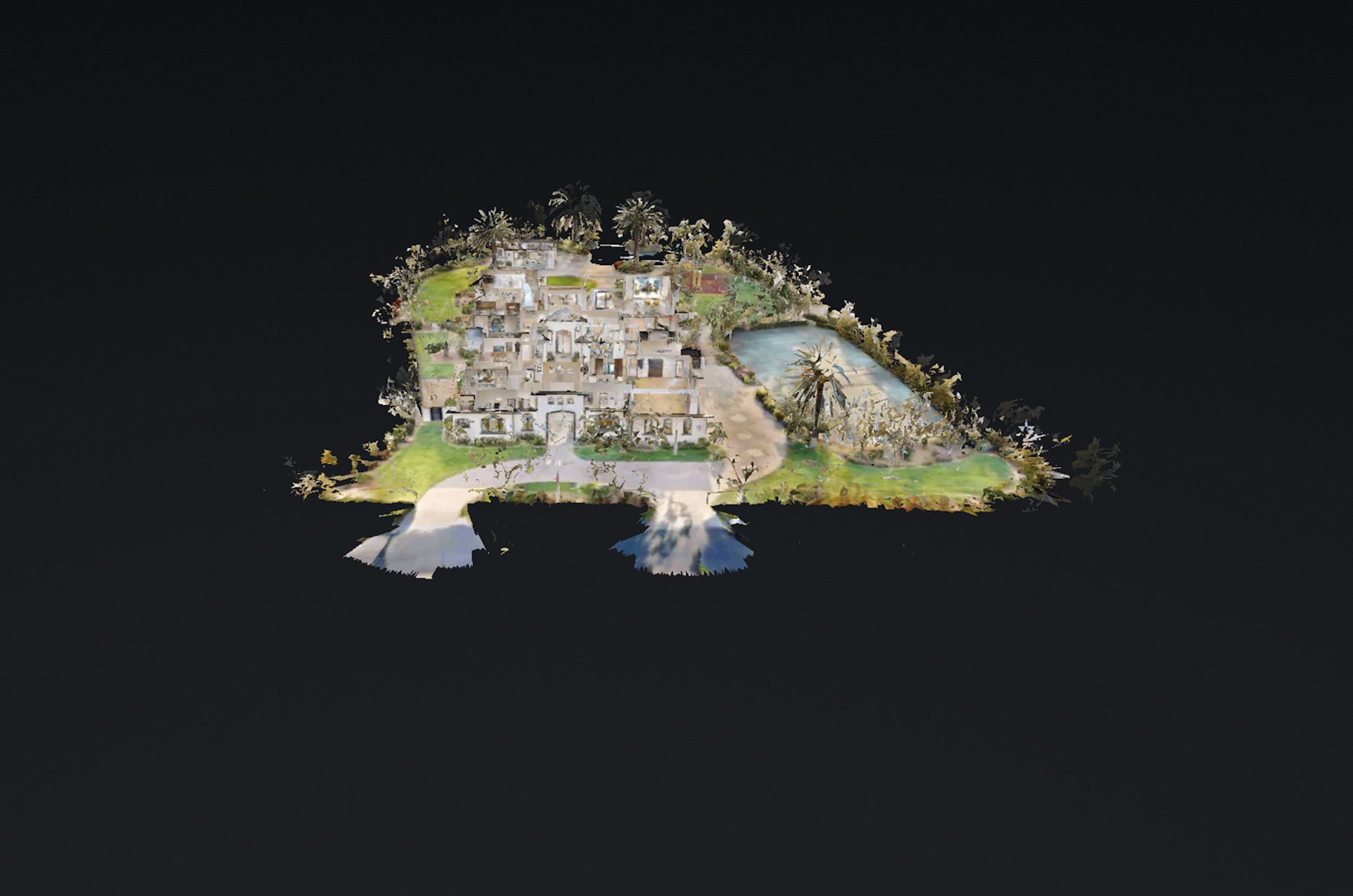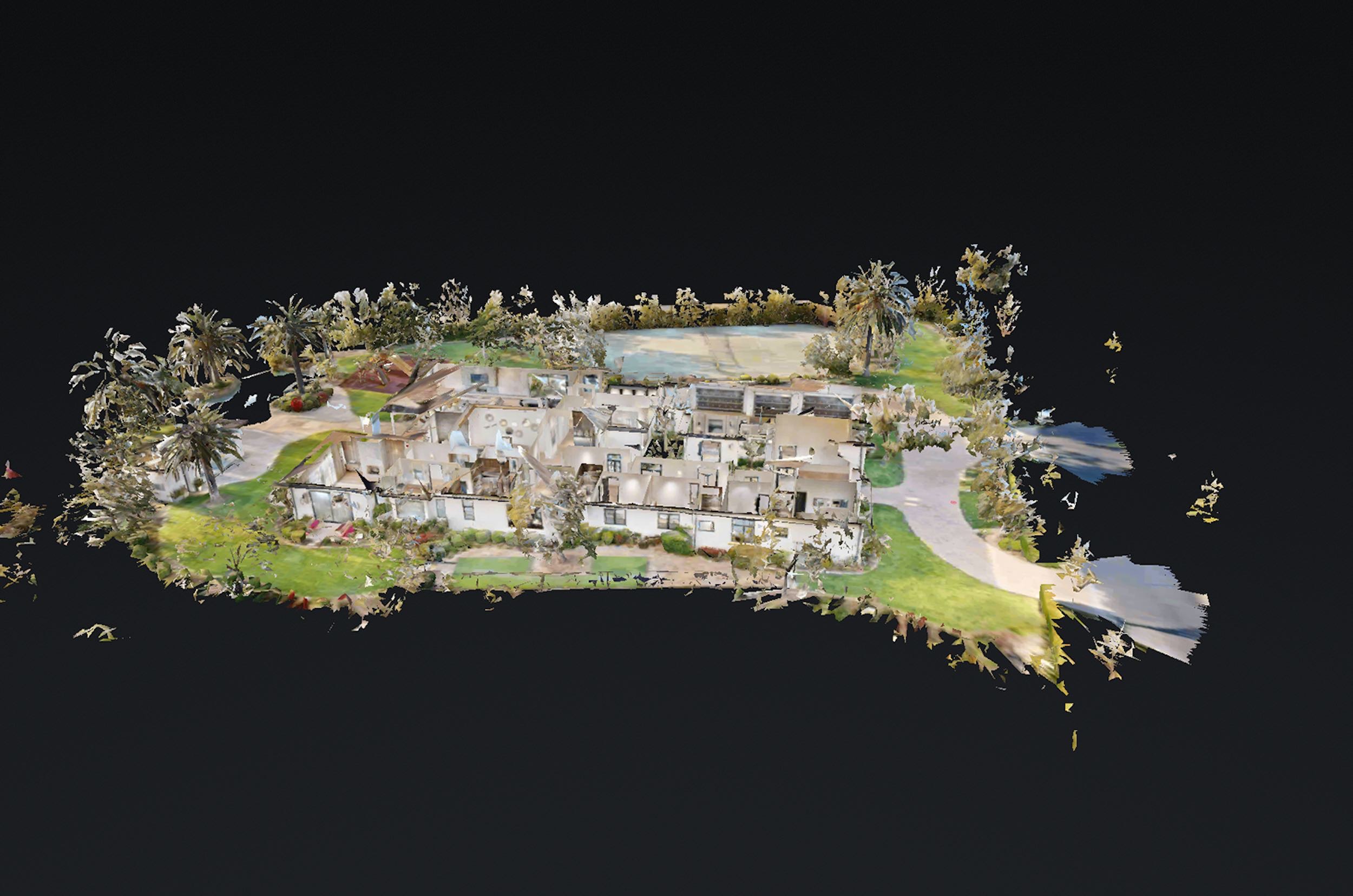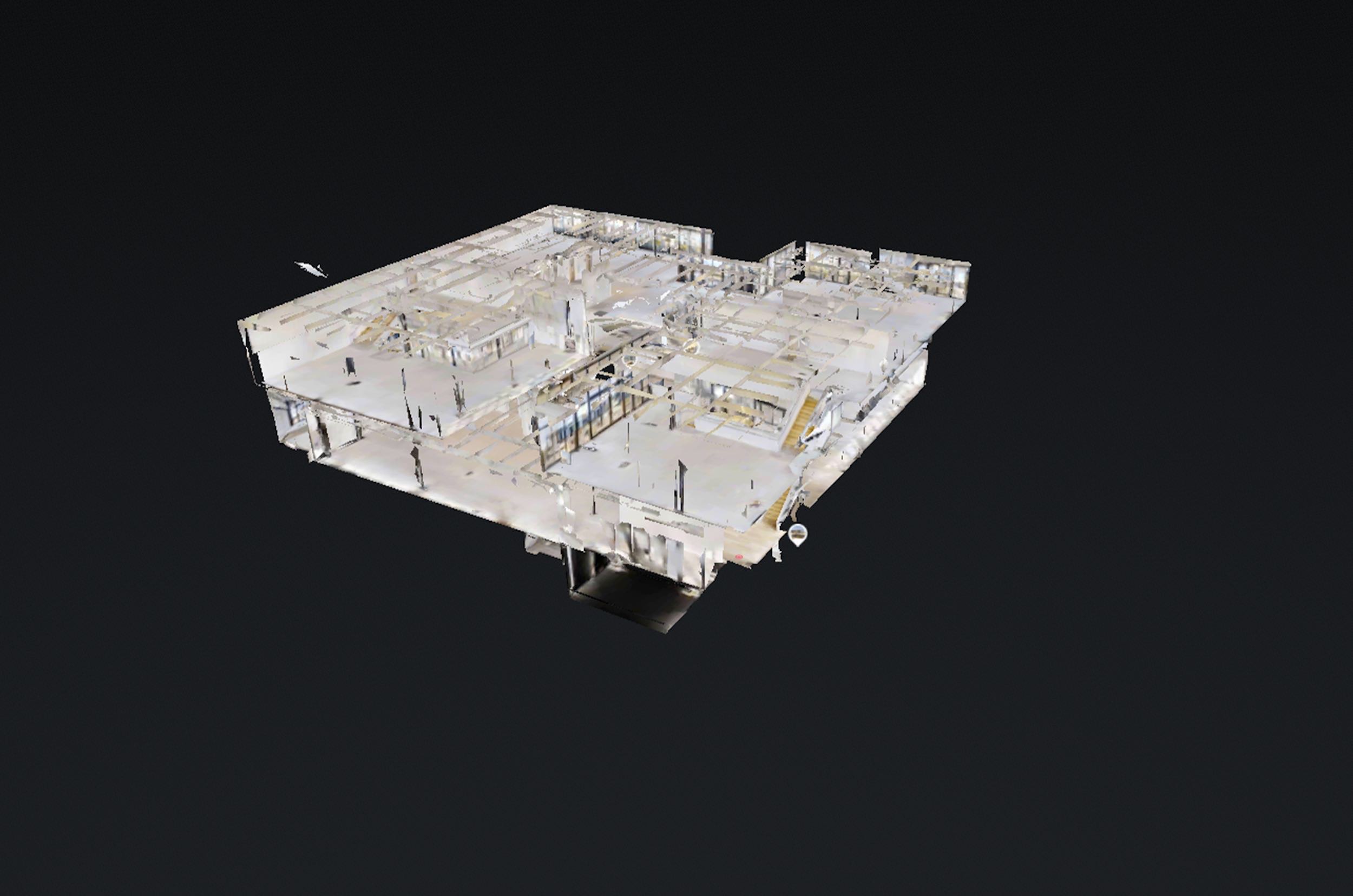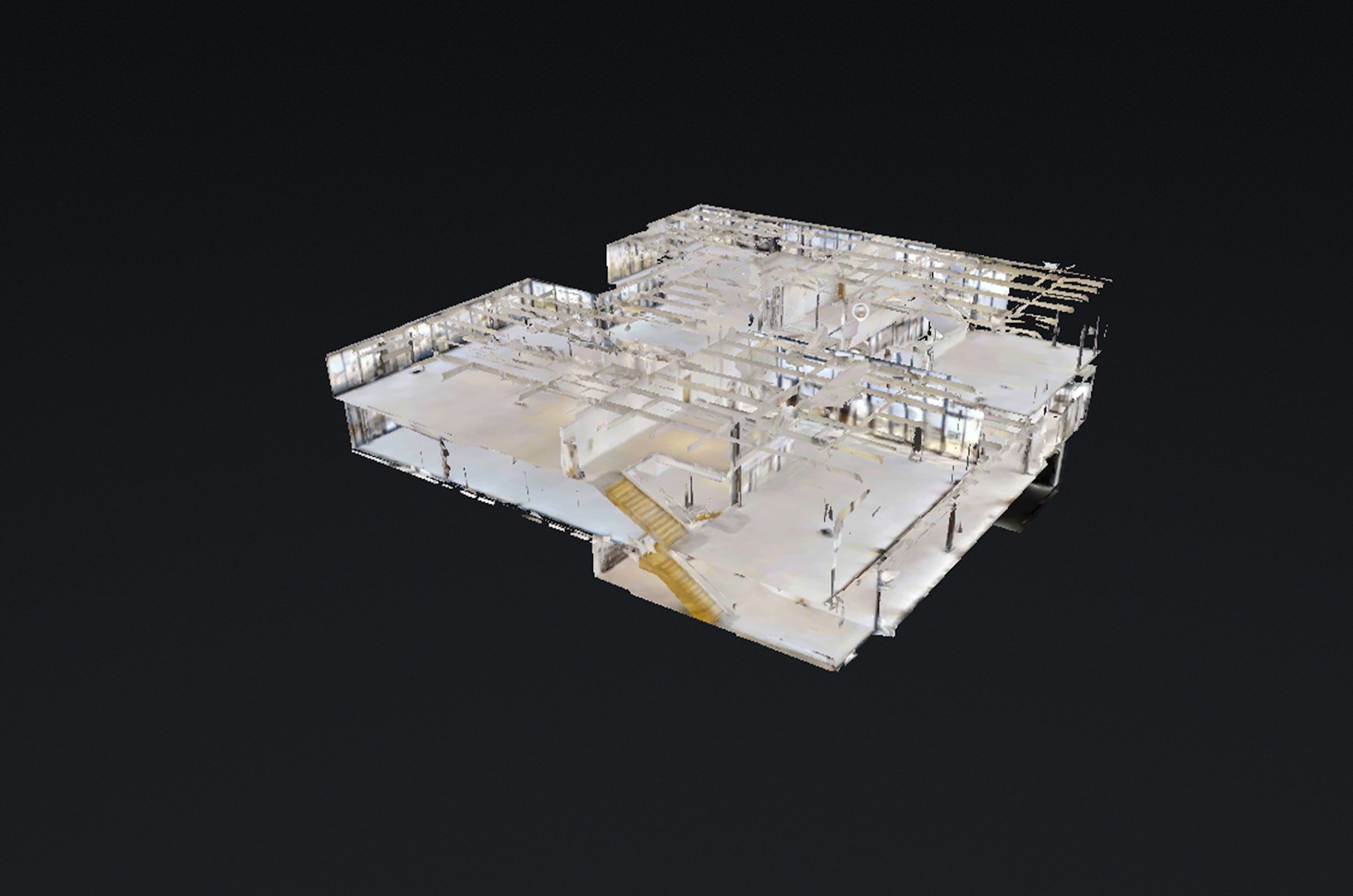Navigating university and college campuses can be overwhelming for new students and even those who have returned. 360 virtual tours are a game-changer for student navigation, thanks to the advances in technology.
These immersive tours are a unique, interactive way for students and educators to explore campuses and familiarize themselves with important locations. They also allow them to make informed decisions regarding their academic journey. In this blog we will explore the benefits of using 360 virtual tour for college and University student navigation and introduce new ideas. This will revolutionize the way students interact with their educational environment.
A Glimpse into Campus Life
360 virtual tours allow prospective and incoming college students to get a feel for campus life without leaving their homes. These tours are not limited to academic buildings or lecture halls. They can include dormitories, student lounges. sports facilities, libraries and even popular hangouts.
By virtually experiencing a campus, students can better understand the atmosphere and culture of the college or university, allowing them to make informed decisions.
Personalized Navigation Experience
360 virtual tours have the advantage of allowing you to customize your navigation experience. Instead of following an unspecific tour route, students may choose specific areas that are aligned with academic or extracurricular pursuits.
For example, an aspiring engineering student may focus on exploring the engineering labs, facilities and performance spaces, while a theater enthusiast could virtually visit the theater departments and performance venues. This personalized approach allows students the opportunity to explore their passions and imagine themselves as a part of the campus.
Interactive Campus Mapping
Campus maps are often confusing and overwhelming for students, especially when they are large. 360 virtual tours can include interactive campus map that dynamically guides students through various locations.
These maps can highlight important landmarks such as academic buildings, residences, dining facilities and student support services. By integrating interactive maps and virtual tours, students will be able to navigate the campus with confidence, reducing their stress and saving them time.
Peer-to-Peer Insights
Imagine the possibilities of connecting with current students to gain first-hand insight about campus life, academics, and student resources. 360 virtual tours often include interactive elements, where students can virtually engage with student representatives or ambassadors.
These virtual interactions are a great way for prospective students to gain valuable insight, asking questions, seeking advice, and understanding the student experience. The power of peer-topeer connections can foster a feeling of belonging, and make students feel more informed and comfortable about their prospective college or university.
Preparing for Transition
Students may find it difficult to adjust to the college or university environment. 360 virtual tours provide students with valuable information and resources that can help them prepare for this transition.
Virtual tours can be used to showcase campus facilities and provide useful information about academic support services, student groups, and campus activities. By presenting these materials in an immersive, interactive format, students will feel more prepared to begin their educational journey.
Conclusion
360 virtual tours are revolutionizing the way students explore and navigate college and university campuses. Virtual tours give students a better understanding of their educational environments by providing them with a glimpse into campus culture, personalized navigation, interactive campus maps, peer-topeer insights and assistance in the transition.







